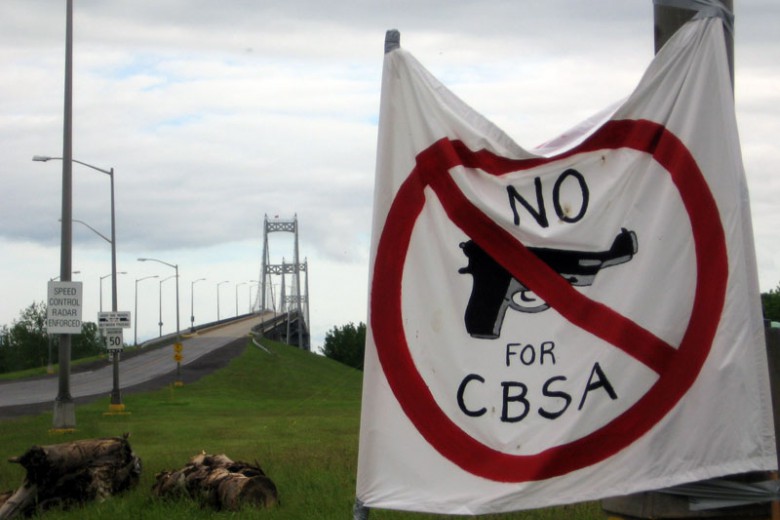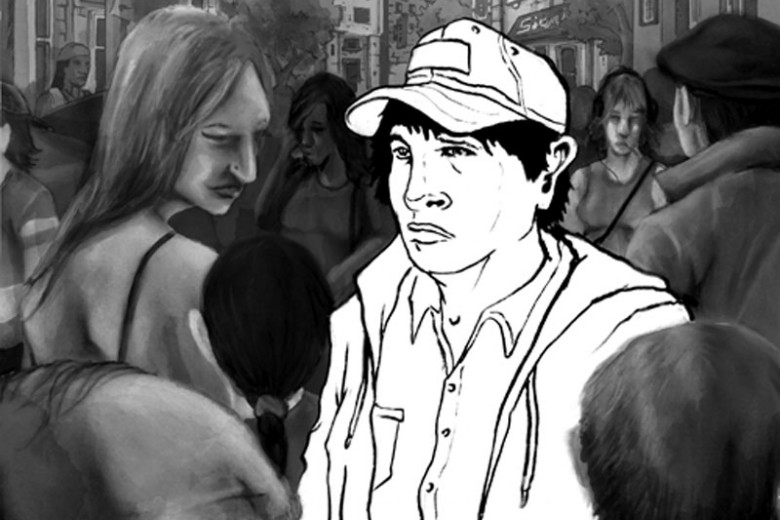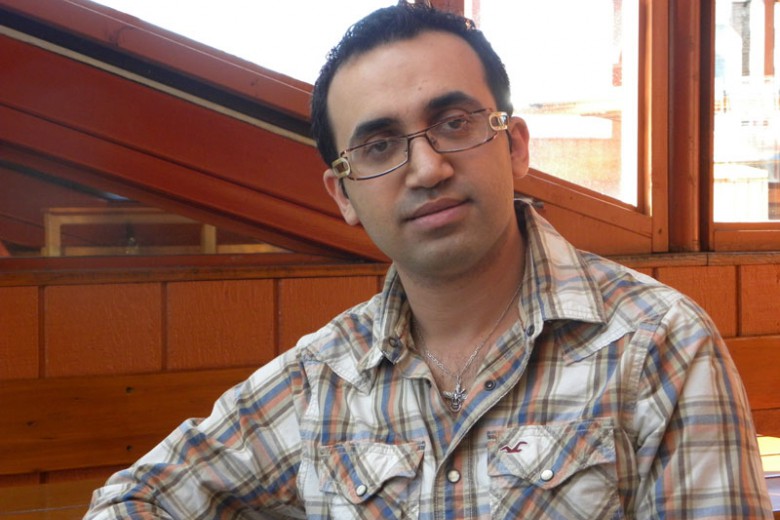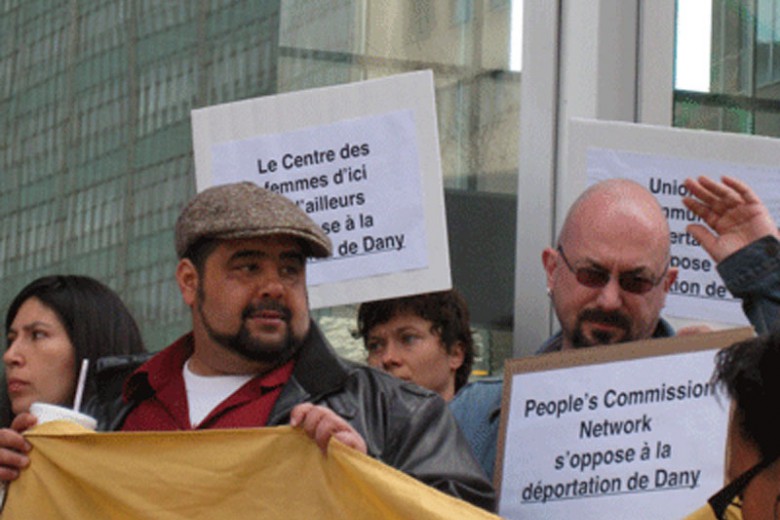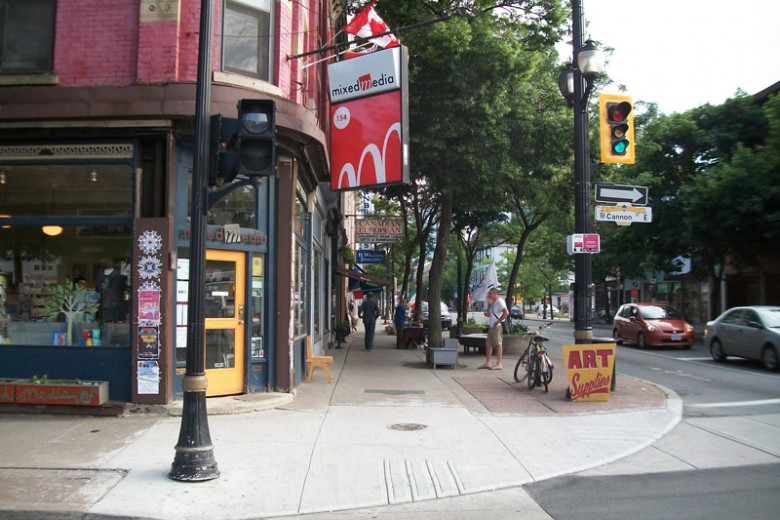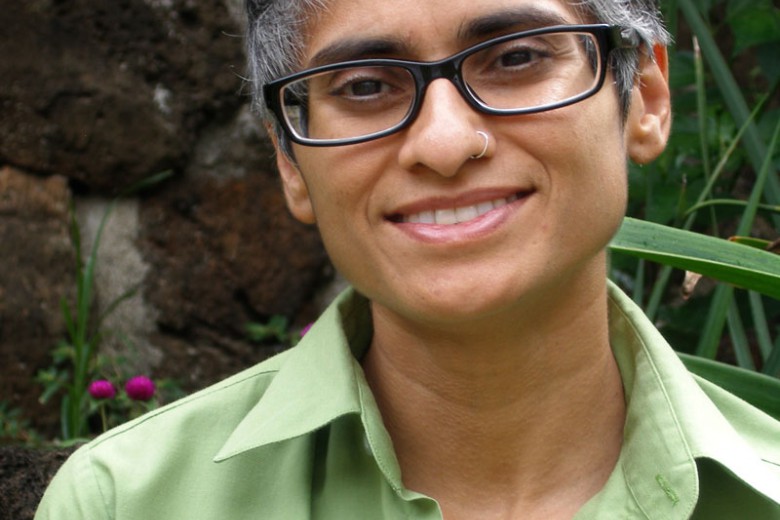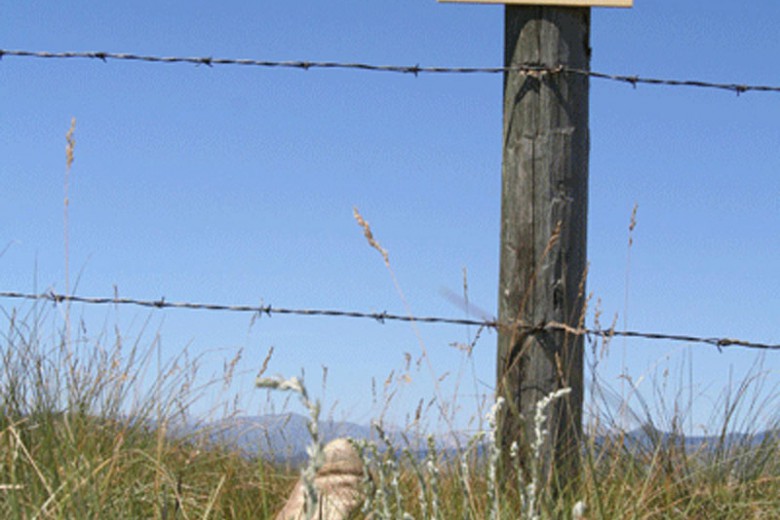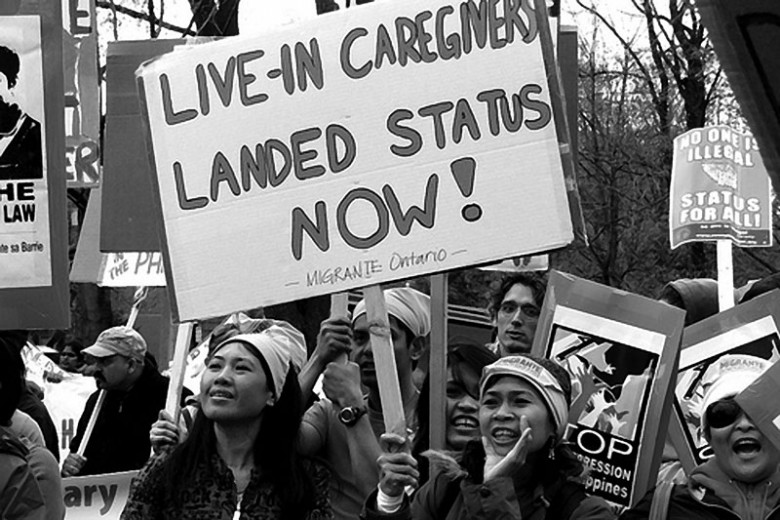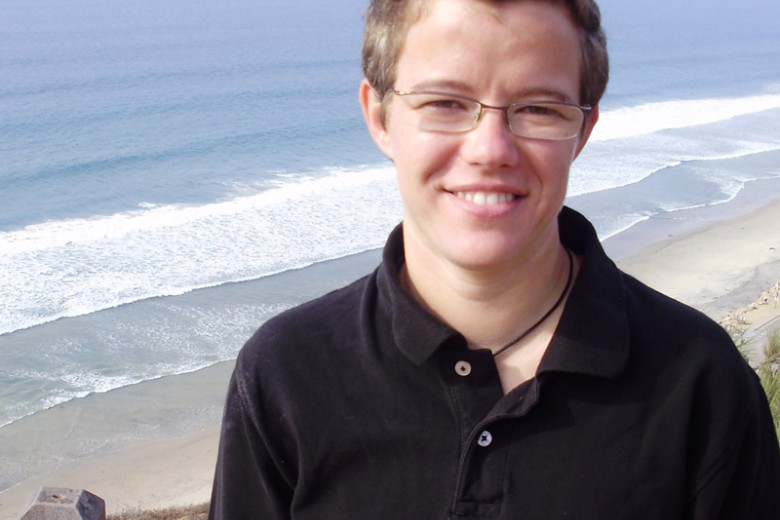
July/August 2010
Freedom of movement
People move across borders from necessity or desperation, providing the citizens of the territory they enter with an unfree workforce that is often used to undermine the rights of more established workers. The colour of one’s passport, or the misfortune of having been displaced from one’s country of origin, can do more to limit a person’s opportunities than almost any other single factor.
Add To Cart $7.95



